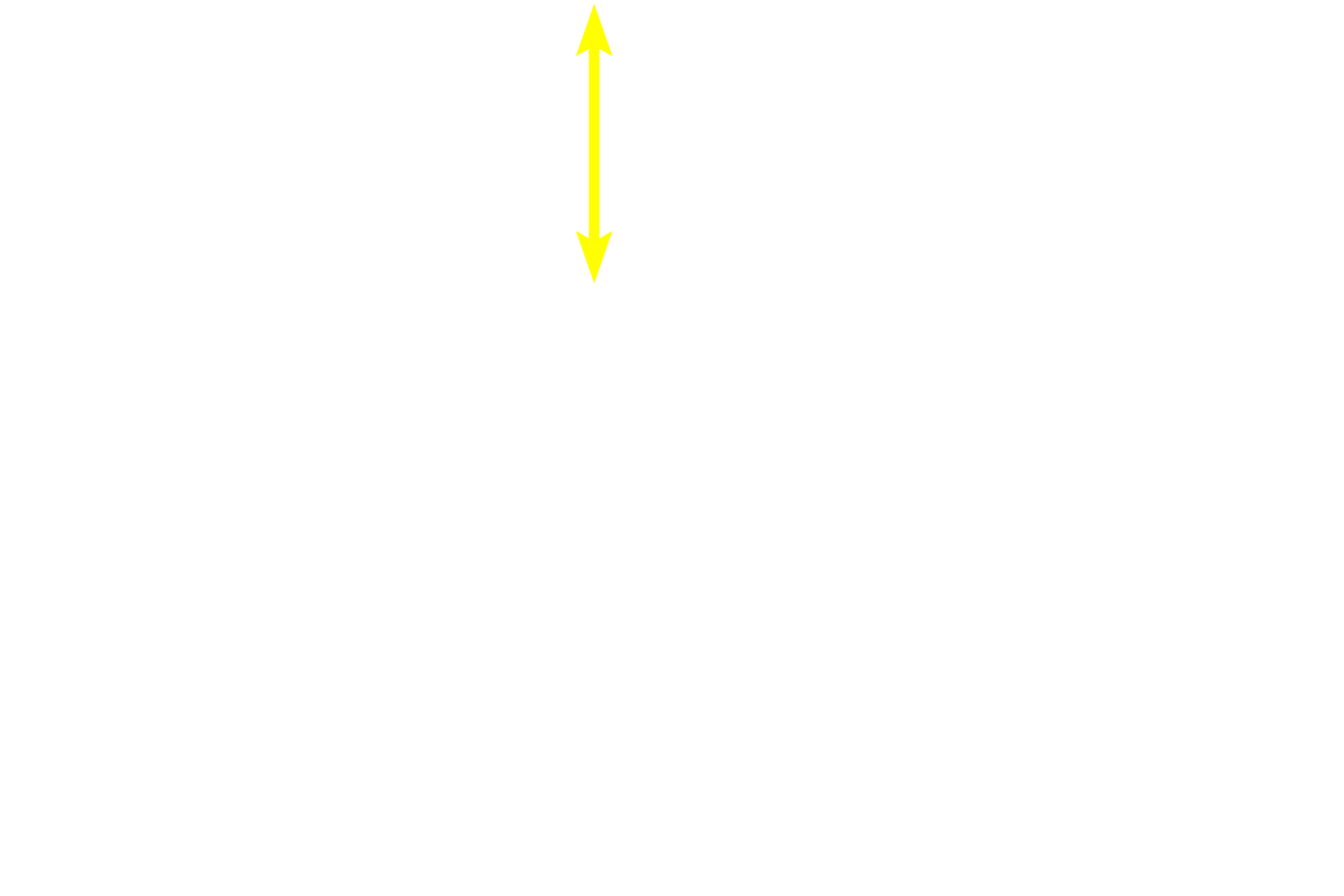
Stratum granulosum
The stratum granulosum is three to five cell layers thick and is composed of cells filled with prominent, basophilic, keratohyalin granules. The contents of these granules aggregate the tonofibrils into a matrix and initiate cornification of the plasma membrane. Simultaneously, the organelles in these cells degenerate, resulting in cornified scales that form the stratum corneum. 200x, 1000x

Stratum spinosum
The stratum granulosum is three to five cell layers thick and is composed of cells filled with prominent, basophilic, keratohyalin granules. The contents of these granules aggregate the tonofibrils into a matrix and initiate cornification of the plasma membrane. Simultaneously, the organelles in these cells degenerate, resulting in cornified scales that form the stratum corneum. 200x, 1000x

Stratum granulosum
The stratum granulosum is three to five cell layers thick and is composed of cells filled with prominent, basophilic, keratohyalin granules. The contents of these granules aggregate the tonofibrils into a matrix and initiate cornification of the plasma membrane. Simultaneously, the organelles in these cells degenerate, resulting in cornified scales that form the stratum corneum. 200x, 1000x

- Keratohyalin granules
The stratum granulosum is three to five cell layers thick and is composed of cells filled with prominent, basophilic, keratohyalin granules. The contents of these granules aggregate the tonofibrils into a matrix and initiate cornification of the plasma membrane. Simultaneously, the organelles in these cells degenerate, resulting in cornified scales that form the stratum corneum. 200x, 1000x

Stratum lucidum >
The stratum lucidum is a clear layer of non-nucleated, flattened cells that is only visible in thick skin. It is often considered to be a subdivision of the stratum corneum.

Stratum corneum >
As cells transition from the stratum granulosum to the stratum corneum, contents of the keratohyalin granules combine with tonofibrils to produce an aggregated matrix within the cell. Additionally, subplasmalemmal proteins become cross-linked, resulting in a thickened, cornified cell envelope. The resultant non-living scales or squames form the stratum corneum.